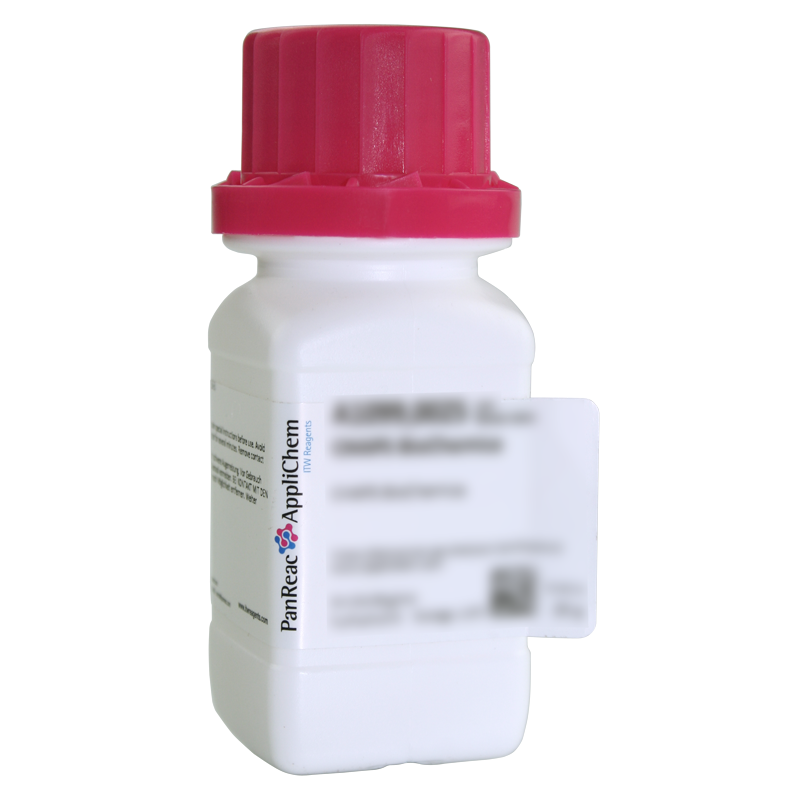Packs sizes (1)
| code | packaging size | price per unit | box price per unit | |
|---|---|---|---|---|
| Code & packaging | Price per piece | |||

|
code
A2951,0025
|
packaging size
25 g
|
price per unit
single
156,40€
|
box price per unit
|
Technical data
- Physical Description:
- Solid
- Product Code:
- A2951
- Product Name:
- Doxycycline hyclate BioChemica
- Specifications:
- Assay (HPLC, calc. on H2O and EtOH free subst.): min. 95 %
Solubility (1 %; H2O): clear, yellow-green
Ethanol: max. 7 %
Water: max. 5 %
- Hazard pictograms
-
- WGK:
- 1
- Storage:
- 2 - 8°C
protected from light
- Signal Word:
- Attention
- GHS Symbols:
- GHS07
GHS08
- H Phrases:
- H302+H332
H315
H319
H335
H361
H362
- P Phrases:
- P260
P263
P280
P305+P351+P338
P405
P501
- EINECS:
- 234-198-7
- CS:
- 29413000





